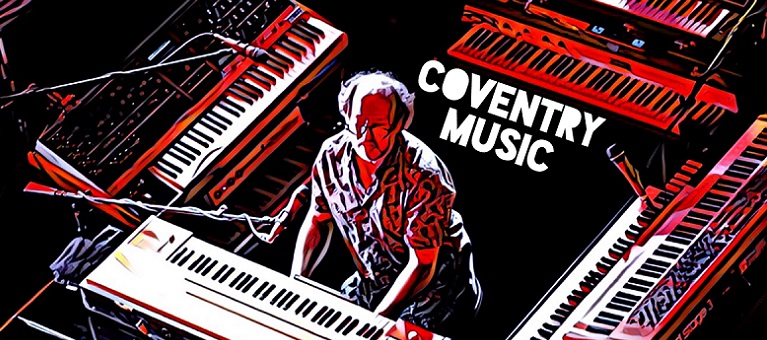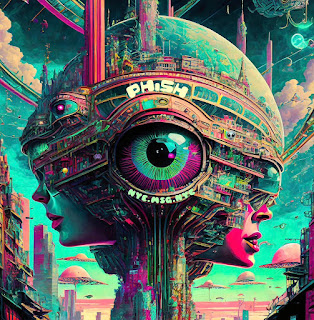Krautrock: Cluster, Zuckerzeit (1974)
Dieter Moebius and Hans-Joachim Roedelius’s variety of “space music,” much of which might be classified also as “ambient” or “thinking” music, would directly influence some of Brian Eno’s later experiments, as well as David Bowie’s collaborations with Eno later in the decade. In fact, Eno was in the middle of collaborating with Cluster on two full-length LPs at the time he began working with Bowie on his famed “Berlin” trilogy (Low, “Heroes,” Lodger).
Cluster’s third album Zuckerzeit detours from the duo’s first two records (and the three Kluster LPs that came before), offering a more accessible variety of proto-“synth pop” instrumentals with a greater emphasis on melody and rhythm. The title means “sugar time,” and with Michael Rother of Harmonia helping with production, the sweeter sound contrasts sharply with the darker moods of the earlier discs.
“Hollywood” is an absorbing opener, immediately rewarding the listener for having set the needle down with a groovy, mellow march. “Caramel” similarly employs programmed percussion while cycling through a slightly more zealous-sounding loop, though the mood remains light.
That track segues directly into “Rote Riki,” a lengthy collection of electronic buzzes and chirps underpinned by a kind of equestrian-flavored clip-clop percussion (kind of a distant precursor to the goofy “Die Bunge” from Cluser & Eno). “Rosa” then completes the first side with an echoey synth exercise similar to some Kraftwerk and Harmonia.
The second side opens with “Caramba,” another track featuring a repetitive rhythm hammered out on overlapping keyboards. “Fotschi Tong” follows, giving the drum machine prominence while the duo dance up and down the synth in a somewhat claustrophobic way. “James” then incorporates plodding multi-tracked guitars and bass in a manner that might suggest a kind of 25th-century John Lee Hooker if you cup your ears just right.
“Marzipan” is another bite-sized confection, featuring still more synth noodles tangling with each other. The slight “Rotor” likewise aims for cuteness amid mechanized monotony. Finally the short “Heiße Lippen” saves things by reprising the cool formula “Hollywood” in a merry, head-bobbing way.
This record starts promisingly for me but trails off, with most of the latter tracks sounding a little too much like inconclusive dabbling with available machinery for my tastes (“Heiße Lippen” being the exception). I mean, I have a sweet tooth and love candy as much as anyone else who does -- but you can’t make a meal out of it.
I’ll grant the record’s historical significance. I’ll even argue that the best tracks here challenge contemporaries like Kraftwerk, Neu!, and Harmonia while variously prefiguring the work of later artists like Four Tet, Autechre, Boards of Canada, Bill Nelson, Air, and -- most importantly -- the Eno of Another Green World and certain other ambient outings.
But for the most part I tend to agree with Julian Cope’s assessment that “the whole album seems like merely snatches of some passing car’s stereo turned up full.” See what you think:




Comments